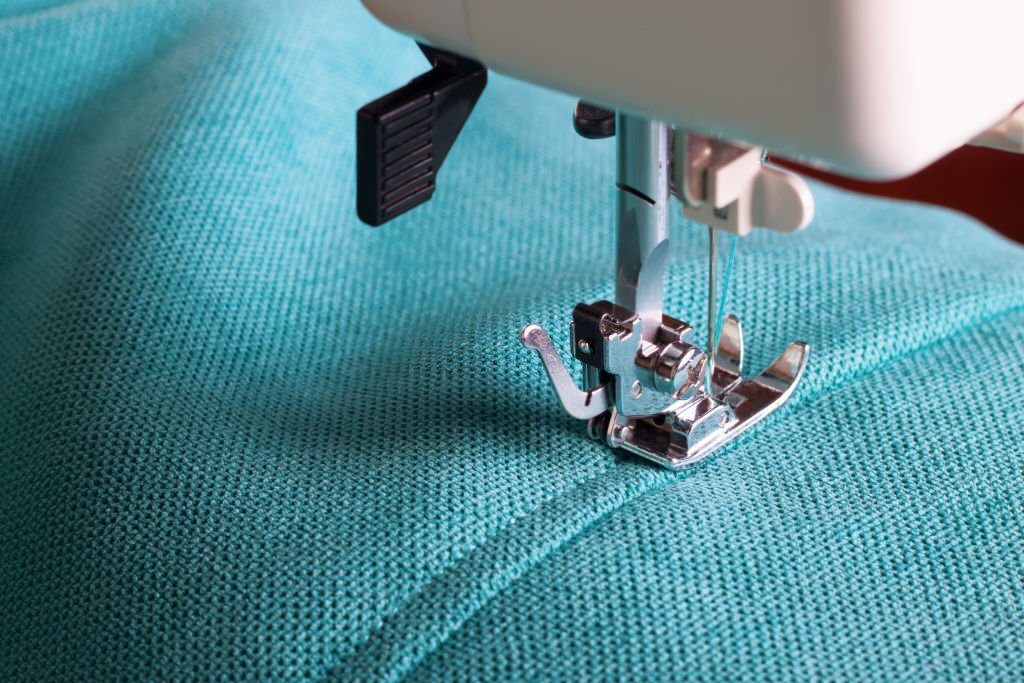You seek autonomy in an industry demanding vision. As an aspiring entrepreneur with a passion for fashion, establishing your own clothing line presents the opportunity to realize your ambitions. The crucial foundation? A robust plan. If you’re conceptualizing a business plan for your apparel venture, you’re on the right path.
This guide demystifies the process of creating a comprehensive business plan for a clothing brand. We will navigate each essential step, from conceptualizing compelling garments and defining your brand identity to effectively connecting with your target market and establishing reliable production partnerships.

Why is a Business Plan Essential for Your Clothing Venture?
A business plan crystallizes your objectives and charts the course to achieve them. More importantly, a well-structured apparel business plan signals professionalism and commitment to potential stakeholders – investors, suppliers, distributors, and manufacturing partners like Ludyway. It transforms vision into an actionable, profitable roadmap.
A fashion business plan is a living document. It shouldn’t be created, executed once, and forgotten. It requires regular review and adaptation. Post-launch, consistently evaluate financial performance, operational stability, and progress towards your strategic goals. This ensures your venture remains aligned with market demands and sustainable growth.
Core Components of a Winning Apparel Business Plan
The Critical Executive Summary
The executive summary provides a concise overview of your entire business plan. Positioned first, it captures the immediate attention of readers and partners, succinctly conveying the essence and potential of your venture. It highlights the significance of your business concept and your strategy for execution. Although written last, its placement upfront ensures clarity and avoids early misconceptions.
Vision, Mission: Your Strategic Foundation
Clearly defined vision and mission statements are non-negotiable. Your vision articulates the future state your brand aspires to reach. Your mission statement drives daily operations, answering fundamental questions:
- What core products or services do we provide?
- Which specific customer segments do we serve?
- What unique strategies do we employ to deliver value?
These elements articulate the fundamental purpose and value proposition of your company.
Defining Core Values
Your core values are the guiding principles underpinning every decision within your clothing company business plan. They shape company culture, influence strategic choices, and ultimately define how your brand interacts with customers and partners like Ludyway.
Detailing Products & Services
Your offerings are the engine of business recognition and revenue. Before finalizing your plan, rigorously validate market demand for your selected apparel categories. Once defined, ensure every product detail – design, materials, construction, and benefits – is communicated with crystal clarity to your target audience.
- Build Brand Awareness: Educating your target market is paramount for success within your clothing brand strategy.
- Highlight Features & Benefits: Apparel attracts diverse demographics. Prioritize showcasing the tangible benefits of your products – comfort, performance, style, durability – tailored to your specific customer segments. Whether you require premium Custom T-Shirt Manufacturing or specialized Custom Sportswear Manufacturing, clarity on product value is key.
Articulating Your Unique Selling Proposition (USP)
What distinctly differentiates your brand? Your Unique Selling Proposition (USP) is the critical factor that elevates you above competitors. It’s the compelling reason customers choose you. Identifying a specific niche inherently creates differentiation. Your USP could stem from innovative design, sustainable practices, unparalleled Custom Cut and Sew Manufacturing capabilities, or exceptional value.
Conducting Thorough Market Analysis
Provide a detailed assessment of the fashion landscape. Include market size, growth projections, prevailing trends, key challenges, and emerging opportunities. Deeply understand the demand for your specific product categories. Conduct rigorous analysis of your target audience: their demographics, psychographics, purchasing behaviors, preferences, and spending power. Create detailed buyer personas.
Identify and critically evaluate both direct and indirect competitors. Analyze their strengths, weaknesses, market positioning, pricing structures, and marketing tactics. Continuously monitor evolving consumer trends and explain how your clothing line will integrate them to remain relevant and desirable.
Developing a Robust Marketing Strategy
This section details how you will reach and engage your target market. Demonstrate a profound understanding of the market landscape you intend to enter. Comprehensive research underpins effective marketing within your clothing brand business plan.
Here, you must compellingly prove the existence of a viable market for your product. The most innovative concept fails without customer demand. Your strategy should outline channels (digital, social, PR, influencers, retail partnerships), messaging, branding, and customer acquisition tactics. Consider how showcasing expertise in areas like Custom Leggings Manufacturing or Custom Hoodie Manufacturing aligns with your target audience.
Designing an Effective Sales Strategy
Sales are the lifeblood of any business. Your clothing brand requires a clear, effective sales strategy to position and sell your products compellingly and distinctly. This strategy provides your sales organization with defined objectives, processes, and tools.
Key elements include growth targets, KPIs, detailed buyer personas, defined sales processes, team structure, competitive positioning analysis, and chosen sales methodologies (e.g., direct sales, e-commerce, wholesale).
Defining Operations and Logistics
Outline your end-to-end production workflow: design, pattern making, sourcing, cutting, sewing, quality control, and packaging. Detail the qualifications, capacity, and reliability of your manufacturing partners. Contracts and contingency plans are vital for supply chain resilience. Ludyway, as a partner, emphasizes transparent communication and robust logistics to ensure seamless operations.
Describe your inventory management strategy, including forecasting, replenishment cycles, and stock control systems. Detail your stringent quality assurance protocols at every stage to uphold brand reputation and customer satisfaction. Finally, define your logistics framework: order fulfillment processes, shipping partners, warehousing solutions, and handling for both online and physical retail channels.
Creating Realistic Financial Projections
Accurately calculate startup costs: inventory, branding, marketing, legal, and initial operational expenses. Outline your funding sources (personal investment, loans, investors).
Based on market research and pricing strategy, project sales revenue realistically, factoring in seasonality and growth. Perform detailed cost analysis per item (materials, labor, overhead, packaging). Estimate ongoing operational expenses (rent, utilities, salaries, marketing, insurance, admin).
Develop projected Profit & Loss (P&L) statements and Cash Flow forecasts to monitor financial health. Conduct a Break-Even Analysis to determine the sales volume required to cover costs and achieve profitability.
Implementing Risk Assessment & Contingency Planning
Proactively identify potential risks: market volatility (changing tastes, economic downturns), intensified competition, or trend shifts. Outline mitigation strategies.
Address operational risks: production delays, quality issues, supply chain disruptions. Develop backup plans and identify alternative suppliers or manufacturers. Consider financial risks like cash flow shortages or unexpected costs. Implement strategies such as careful budgeting, maintaining reserves, or securing flexible funding.
Conclusion: Laying the Groundwork for Success
This guide provides the framework to craft a comprehensive and effective apparel business plan. While generic templates exist online, tailoring a plan deeply rooted in your unique vision and market reality is paramount. Careful planning is indispensable; the fashion industry demands significant investment of time and resources.
Brands that dedicate meticulous effort to foundational planning significantly increase their likelihood of sustainable success and growth. Partnering with an experienced manufacturer like Ludyway early in the planning process can provide crucial insights into feasibility, costs, and production timelines, turning your meticulously crafted business plan into a thriving reality.























